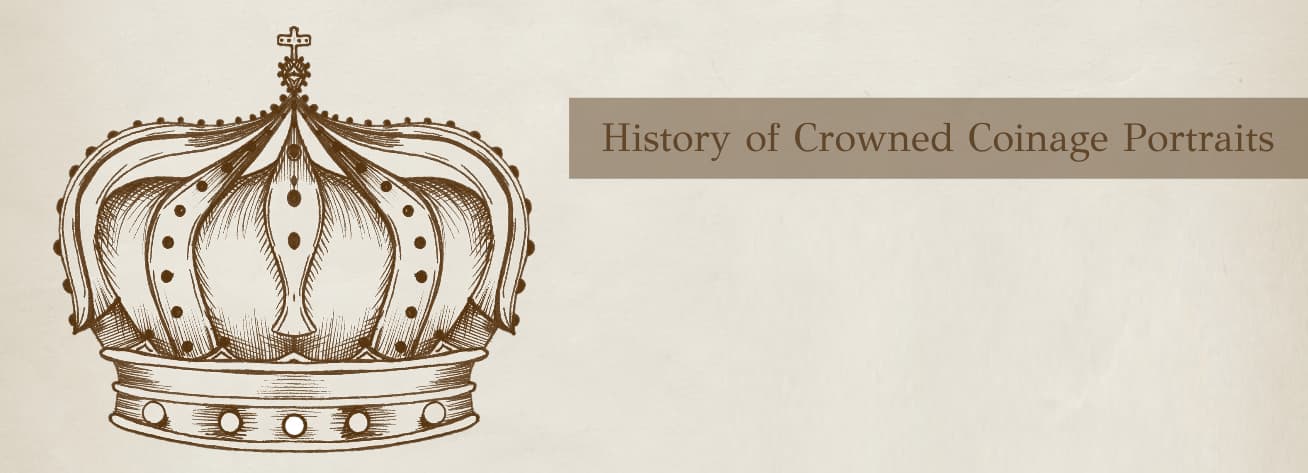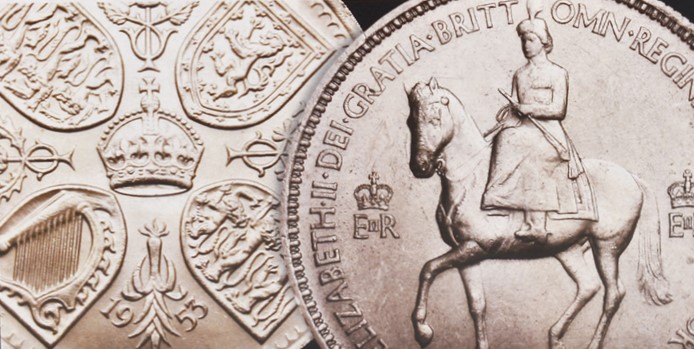
In an age filled with television, social media and all of the technology we could ask for, it’s hard to imagine a time where people couldn’t ‘virtually’ see each other, including their own Monarch or leader.
However, centuries ago most people would have only seen the face of their leader on a coin, with the obverse side depicting the image of a monarch or leader for thousands of years. We’ll be taking a look back at coin portraiture throughout the ages, and how dramatically this has changed.
Read more






